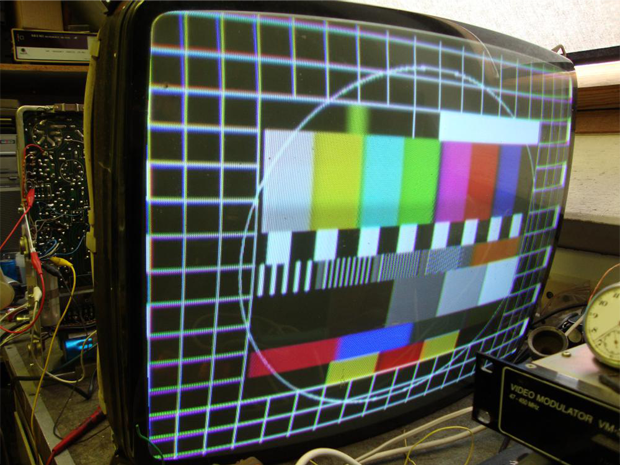If something no longer works, you can scrap such a device. And what would be the reason why it was demolished. Here I show that everything is fixable. It just doesn't matter how wrecked incomplete something is.
Look this is a line oscillator. You can use this to bend the image on a picture tube. And make high voltage to get light into the picture tube. And it just works.
Look this is part of a K80 chassis with a working line oscillator on it. The high voltage print is included separately. Fortunately, all the wires have been cut. So it's going to be a loose setup again.
Here's another test with a separate K8 transformer. And the high voltage works a bit. Then you immediately know why this television had to be demolished.
And look there. There you have a burn hole in the booster coil. Now you know right away that my ridiculous diagnosis is correct.
Beautiful chassis, it is the Swedish version of the K8, but with much better PCBs and a completely different high voltage generator.
Drill the holes first. And then mill some print traces with the dremel. It's nice that it's all possible.
And do you still recognize him. Now completely on its own power supply. You see the television is already workin a little bit.
Precisely the line transformer that you will not find anywhere or should there be anyway.. no, don't believe it.
The BU126 on the side of the high voltage. Supplies part of the energy to the high voltage generator. And also the east / west is controlled via this circuit.
In my don't try this at home setup the bu126 continued to supply energy when only the low voltage power supply was still running. Normally this circuit is synchronized by the high voltage. Here it is now free running at a higher frequency than usual.
A setting and switching on and off of blue is also done via the convergence panel. That's why the image is a bit green.



